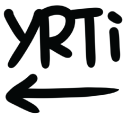When I started woodworking, for the first few years I just watched YouTube videos over and over, trying to figure out how to achieve what I wanted to do. But in 2024, I bought some digital books published by 大工道具研究会, also known as Daiku Dougu Kenkyu Kai, which translates to “Carpenter and Woodworking Tools Study Group”. I found them on Amazon Japan, and they’ve definitely deepened my understanding of tools and improved my woodworking skills. I’m still learning from them as I work on new projects.
The books are incredible. Before I introduce each one, let me show you a sample so you can get a sense of how valuable they are.
Why Are the Books That Good?
Let me give you an example by explaining the contents of one book called 鉋大全, or Kanna Daizen, which means “All About Japanese Hand Planes”.
This book includes:
- Interviews with respected toolmakers, including master craftsmen like Funahiro and Koyoshiya.
- Introductions to different types of kanna, with explanations of what each one is used for
- A history of hand planes, covering not only Japanese versions but also their origins in Europe, China, and Egypt.
- Detailed guides on how to set up and maintain various types of kanna, including how to sharpen their blades.
- A variety of related jigs, along with instructions on how to make them yourself.
It’s about 180 pages long and filled with helpful photos.
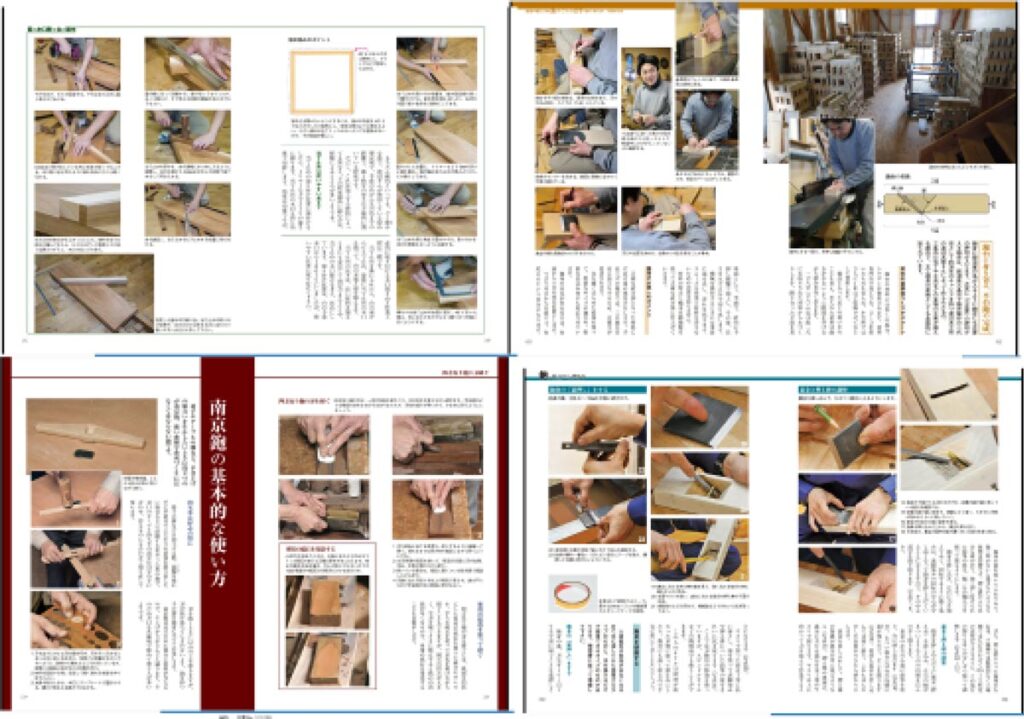
There Is One Downside
The books sound amazing, right? But there is one downside. They are only available in Japanese. That said, there are ways to read them in your local language, and I’ll explain how you can do that in just a bit.
Before I get into that, let me show you what kinds of books are available.
Available Books
All the links below point to the Japanese Amazon store. These are digital books, so you should be able to purchase them internationally. I bought them from the US without any problem. Just make sure to choose the Kindle version.
Note: These are Amazon Affiliate links. If you decide to buy through them, it helps me a little. Maybe enough to grab some candies while I read.
木工手工具の基礎と実践 / Hand Tool Basics

f you’re only going to buy one book, I recommend this one. It starts with an introduction to essential tools, shows how to set them up properly, and even explains how to make practical jigs. It also covers how to cut basic joinery with hand tools. For more detailed guidance on kanna and chisel setups and maintenance, I would recommend the other books.
Honestly, it’s around 20 dollars, and even though I haven’t read many English-language books on Japanese woodworking, this one really stands out for how much useful detail it packs in.
> Book link (Hand Tool Basics) at Amazon Japan
鉋大全 / All About Hand Planes

As I mentioned earlier, if you’re interested in learning about kanna, this is the book for you. It was the second book I bought, right after the Hand Tool Basics one, and it took my understanding to the next level.
> Book (All About Hand Planes) at Amazon Japan
鑿大全 / All About Chisels

As you might guess, this is the chisel version of the hand plane book above. It also dives into carving chisels and the different types of hammers that go with them.
> Book (All About Chisels) at Amazon Japan
墨付けと木組みの技法 / Marking and Joineries

This book focuses on marking and cutting joinery accurately. While the other books already explain the basics of joinery, this one adds a lot of small tips that help take your joinery to the next level.
Some of the content overlaps with the other books, but I still think it makes a great addition to your collection.
> Book (Marking and Joineries) at Amazon Japan
日本の刃物 研ぎ技法 / How to Sharpen Japanese Edge Tools

This one isn’t limited to woodworking. It covers sharpening techniques for kitchen knives, chisels, planes, razors, scissors, gardening tools, and more.
It goes into the differences between types of whetstones, like vitrified, resinoid, and magnesia-bonded stones. It also includes tips on how to care for natural stones.
That said, if your main focus is on woodworking, I think it’s better to start with the All About Hand Planes and All About Chisels books.
> Book (How to Sharpen Japanese Edge Tools) at Amazon Japan
My recommendation
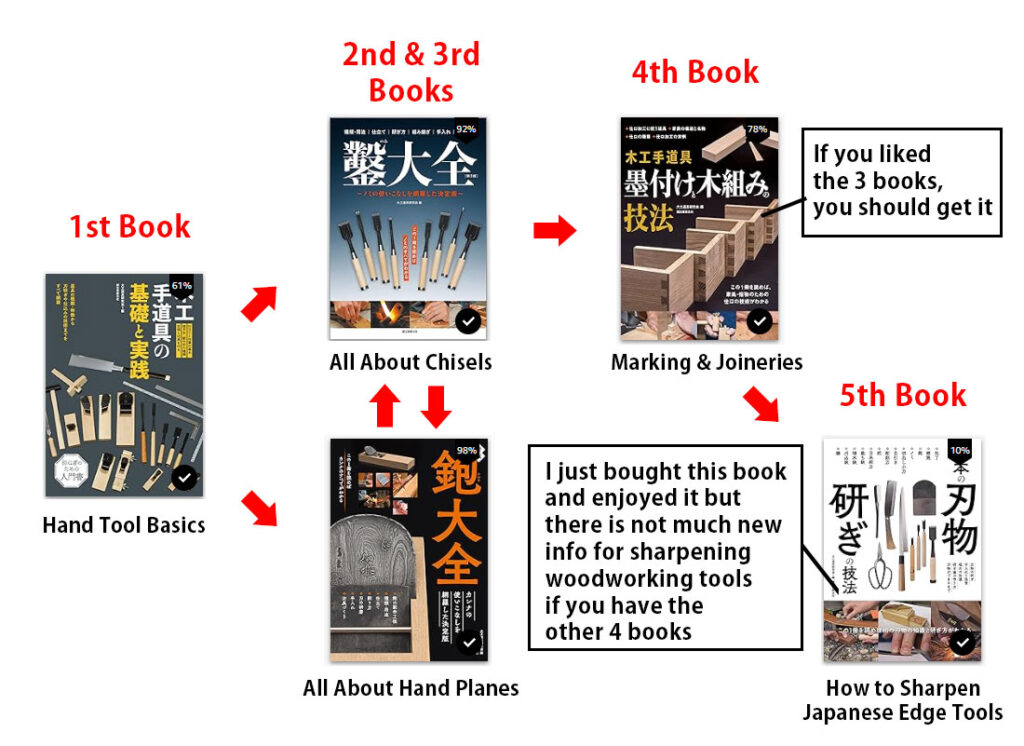
How Can We Read Them?
I’ve been looking for a good way to translate these books, but unfortunately there isn’t a simple solution. Kindle does have a translation function, but since these books are made up of images, not selectable text, Kindle can’t recognize the characters.
The easiest method I’ve found so far is to use Google Translate on a PC. This method doesn’t translate the whole book at once, but lets you go through it page by page. You take a screenshot of the page, then paste it into Google Translate to find out what it says.
How to Translate the Books Using Google Translate (PC)
You can watch the video I made at the very bottom of this page or follow the steps below.
STEP1. Open the Kindle book on your computer and take a screenshot of the page you want to translate
Use the Kindle app for PC or the Kindle Cloud Reader in your browser. Then On Windows, press Print Screen or use Snipping Tool or Snip & Sketch to select the area. On Mac, you can press Command + Shift + 4.
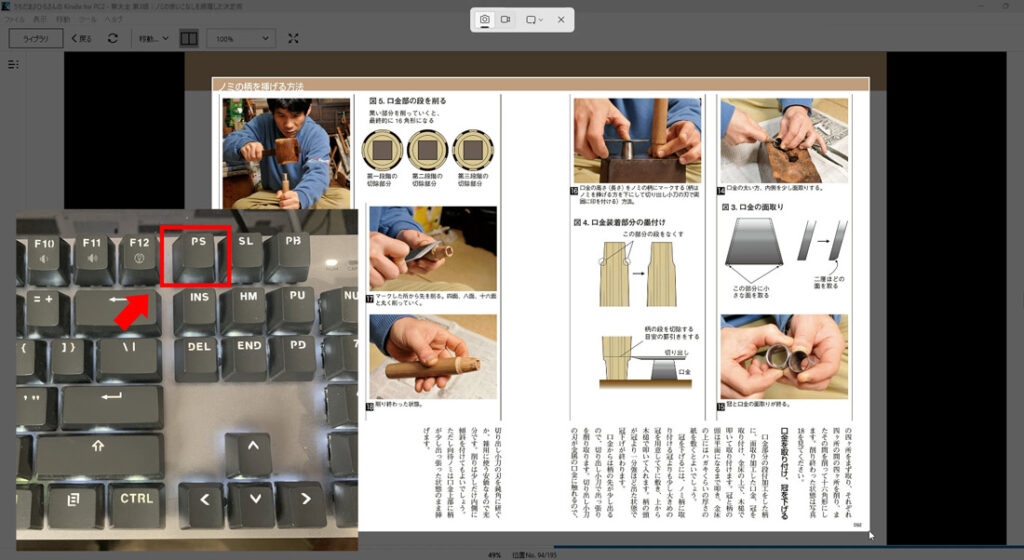
STEP2. Go to Google Translate’s website and click on the “Images” tab at the top of the page
Visit https://translate.google.com and click on this opens the image translation tool.
STEP3. Click the “Paste from clipboard” button to translate
You’ll see it just below the blank image area. Click it to paste the screenshot you just took. Google will automatically detect and translate the text.
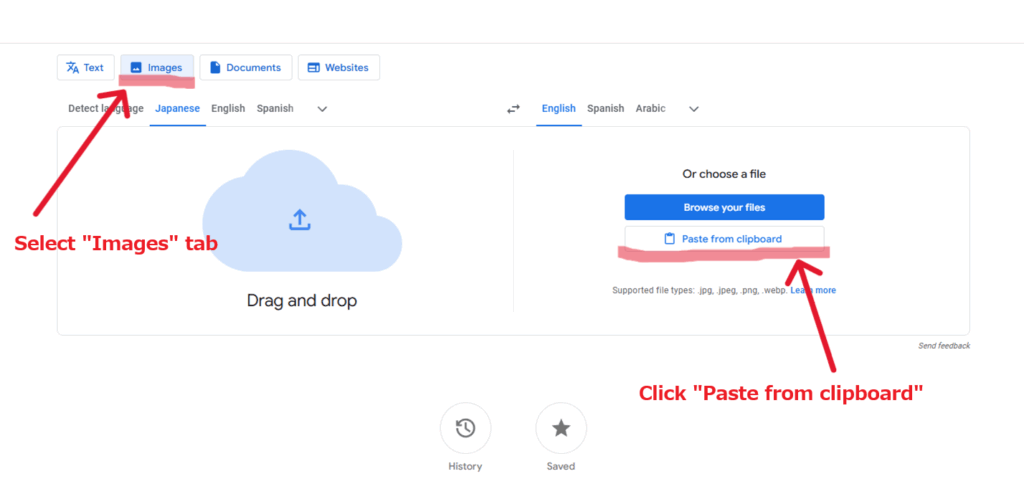
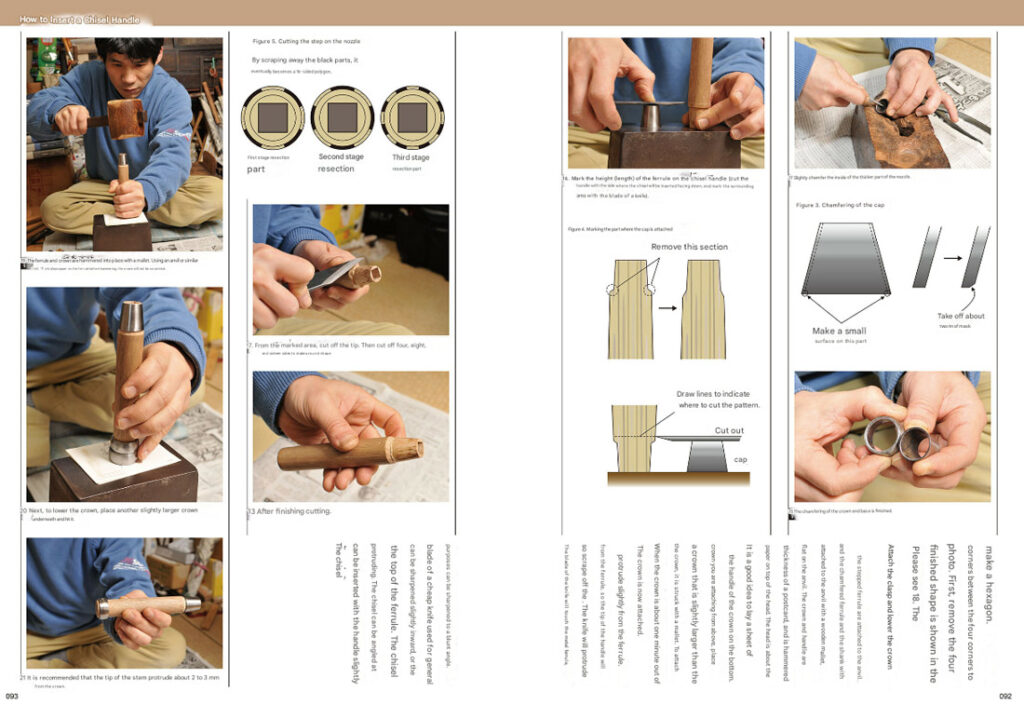
Tips for Using the Translation ToolAfter the page is translated, you have the option to download the translated image if you want to save it for later. Also, keep in mind that translating a whole page at once can sometimes make the text too small to read clearly. In those cases, it’s better to magnify the smaller area where you want to focus and select it to translate. This makes the translation easier to see and understand.
This method is quite analog, and because Japanese text is written vertically sometimes, it can be a bit tricky to read the translation in languages that go from left to right. Despite that, as I mentioned, the quality of the content in these books is excellent, and I haven’t found anything like them in English.
The great thing is that these books are very well written, with clear and easy-to-understand illustrations and pictures. So even if the translation is a little tough, you can still use them as a reliable reference to see how master craftsmen approach their work.
Please let me know
I don’t know much about translation or publishing, so this is pretty much all I can do myself. If anyone knows a legal way to translate these books, please let me know. Since there aren’t many Japanese woodworking books available in other languages, I believe having official translations would make these valuable resources much more accessible to woodworking enthusiasts around the world.
